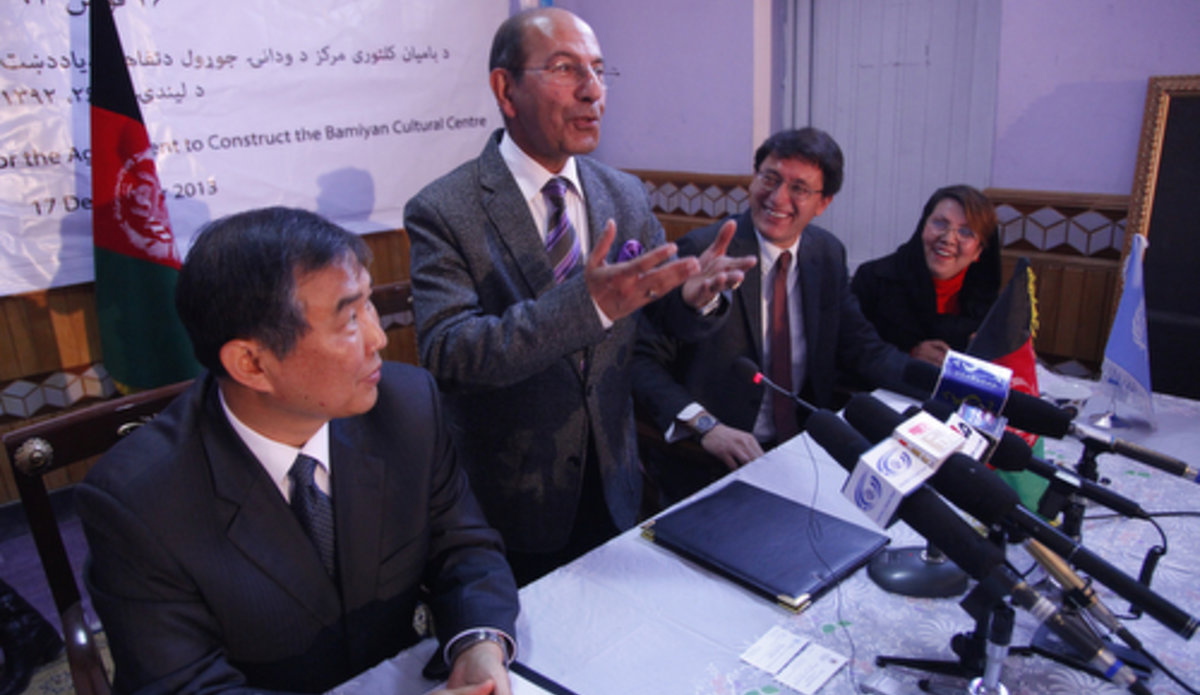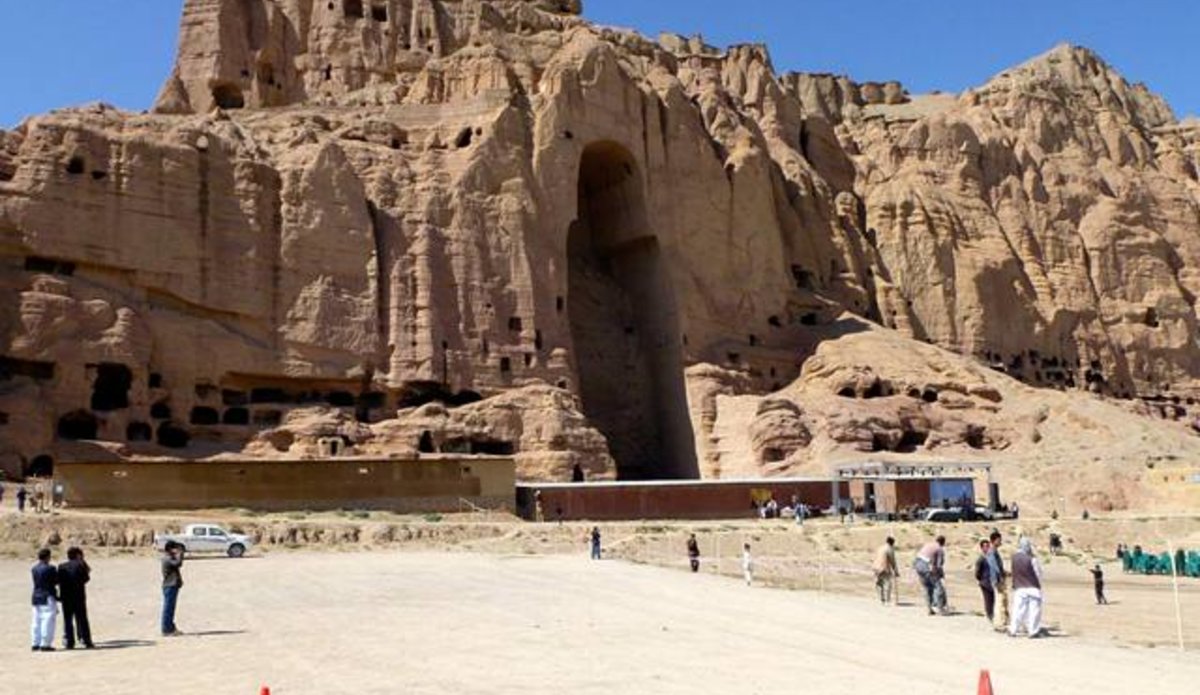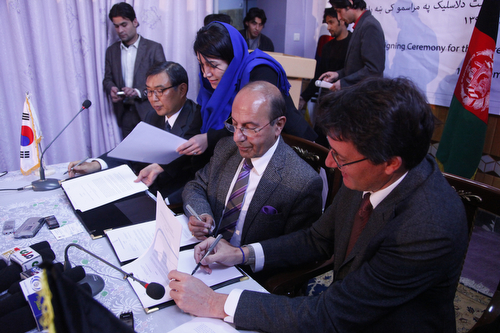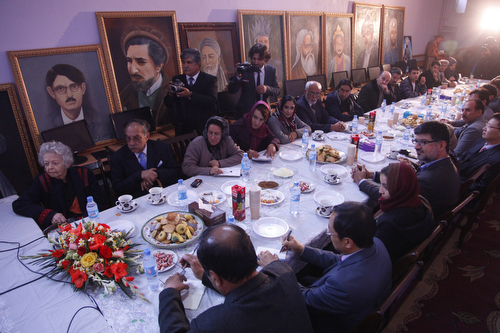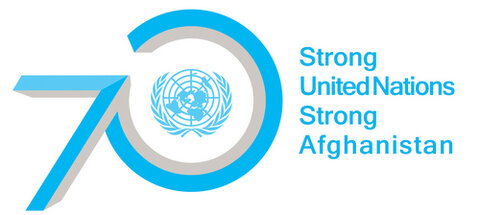UN-backed museum and cultural centre to be built in Afghan province of Bamyan
KABUL - A museum and cultural centre will be built in Afghanistan’s central province of Bamyan – renowned worldwide for its rich cultural history – thanks to a United Nations-backed agreement which will see the Republic of Korea provide the Afghan Government with $5.4 million for the venue’s construction.
The Ambassador of Korea to Afghanistan, Young-cheol Cha, the Representative of the UN Educational, Scientific and Cultural Organization (UNESCO), Paolo Fontani, and the Afghan Minister of Information and Culture, Dr. Sayed Makdhoum Raheen, signed the funding agreement in the capital, Kabul, today.
“For UNESCO, it is not just a matter of building a museum or a structure – culture represents an essential element of nation-building and peace-building,” Mr. Fontani said at the signing ceremony for the ‘Bamyan Museum and Cultural Centre,’ which will be constructed over the next three years.
He also noted that Afghanistan’s cultural identity was a multi-layered one that went back 5,000 years in history, covering a number of different civilizations that spread across Asia and other parts of the world.
“Afghanistan is at an important junction in its recent history, preparing for the future,” Ambassador Young-cheol said at the signing ceremony. “The building of the Cultural Centre in Bamyan is truly a unique way to move forward to a bright new future, while at the same time protecting cultural heritage, safeguarding the treasures of the past for future generations and also promoting tourism.”
The province of Bamyan is known worldwide for its rich cultural history, primarily embodied in the giant Buddha statues carved into a cliff-side in the so-called Bamyan Valley, before their destruction by the Taliban in 2001.
The Bamyan Valley lies some 264 kilometres by road west of Kabul, enclosed within the high mountains of the Hindu Kush, in Afghanistan’s central highlands. The valley, at an altitude of 2,500 metres, follows the Bamyan River and formed one of the branches of the Silk Road and its landscape is associated with legendary figures. It was these aspects that contributed to its development as a major religious and cultural centre, according to UNESCO.
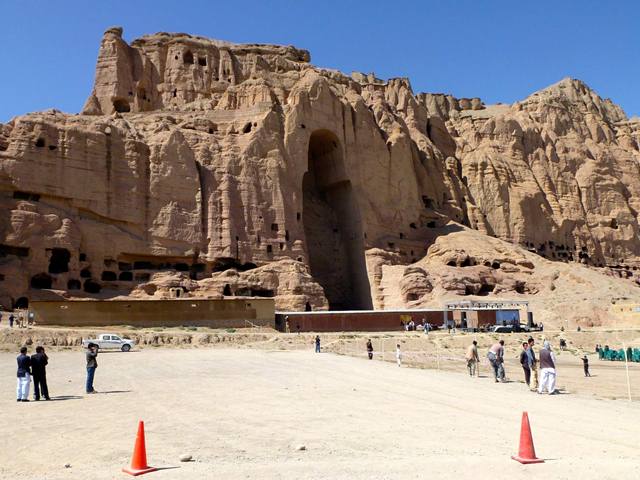
In 2003, the cultural landscape and archaeological remains of the Bamyan Valley were inscribed on the World Heritage List, which includes properties and locations forming part of the planet's cultural and natural heritage considered to have outstanding universal value.
The nominated site consists of eight separate core zones, including the Bamyan Cliffs, which include the two colossal niches that contained the Buddha statues; the Kakrak Valley caves, which date from the 6th to 13th centuries; and Shahr-i Ghulghulah (transl. ‘City of Screams’), a fortified citadel situated on a hill in the centre of Bamyan Valley .
The multi-purpose, state-of-the-art ‘Bamyan Museum and Cultural Centre’ is expected to provide a modern space for showcasing archaeological and ethnographic artefacts. It would also be an adaptable space for the local community in Bamyan, as well as visiting scholars and national and international organizations, wishing to hold conferences.
“It is an idea of linking it up to the socio-economic and cultural development of Bamyan,” said Mr. Fontani, adding that “the museum will have a role in educating the new generation and Afghan people about their own history and in future, and it will have the possibility of attracting international tourists and visitors to Afghanistan.”
The Afghan Government provided the land for the centre’s construction.
In addition to thanking the Republic of Korea for its support in his remarks at the signing ceremony, Minister Sayed Makhdoum Raheen expressed the hope that the ‘Bamyan Museum and Cultural Centre’ would not only help preserve the country’s cultural heritage for future generations of Afghans but also for the wider international community.
 UN
UN
